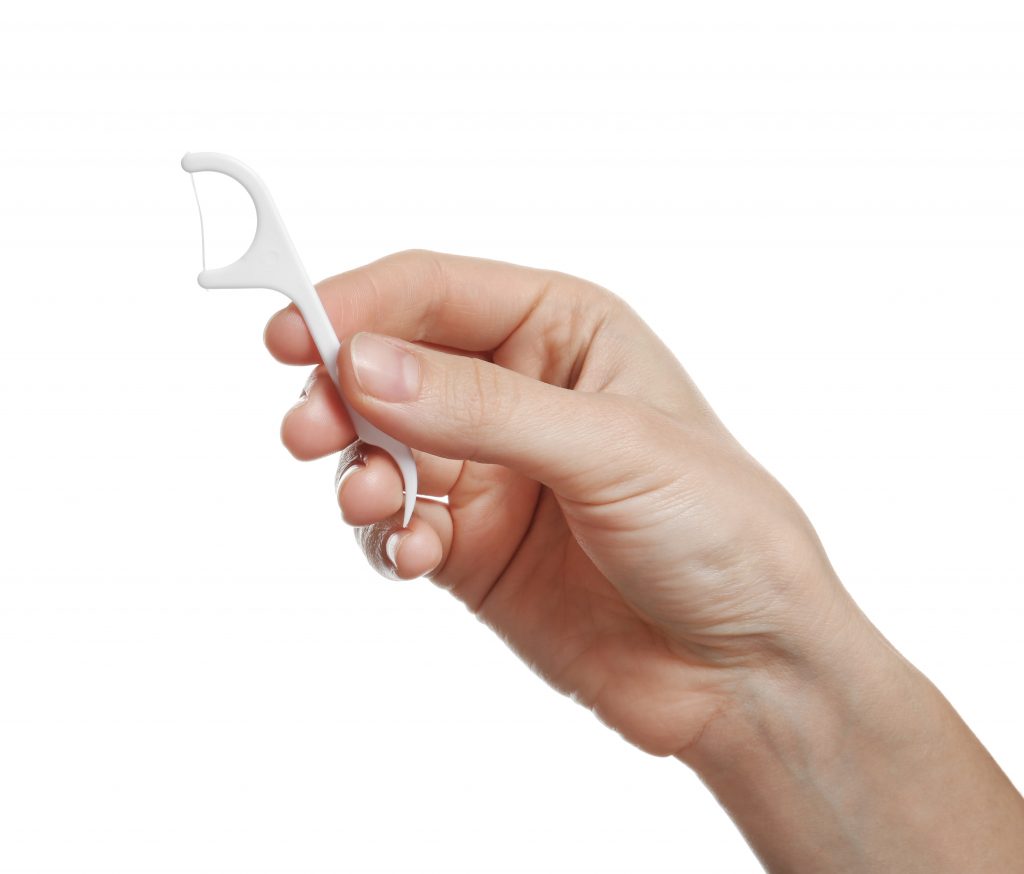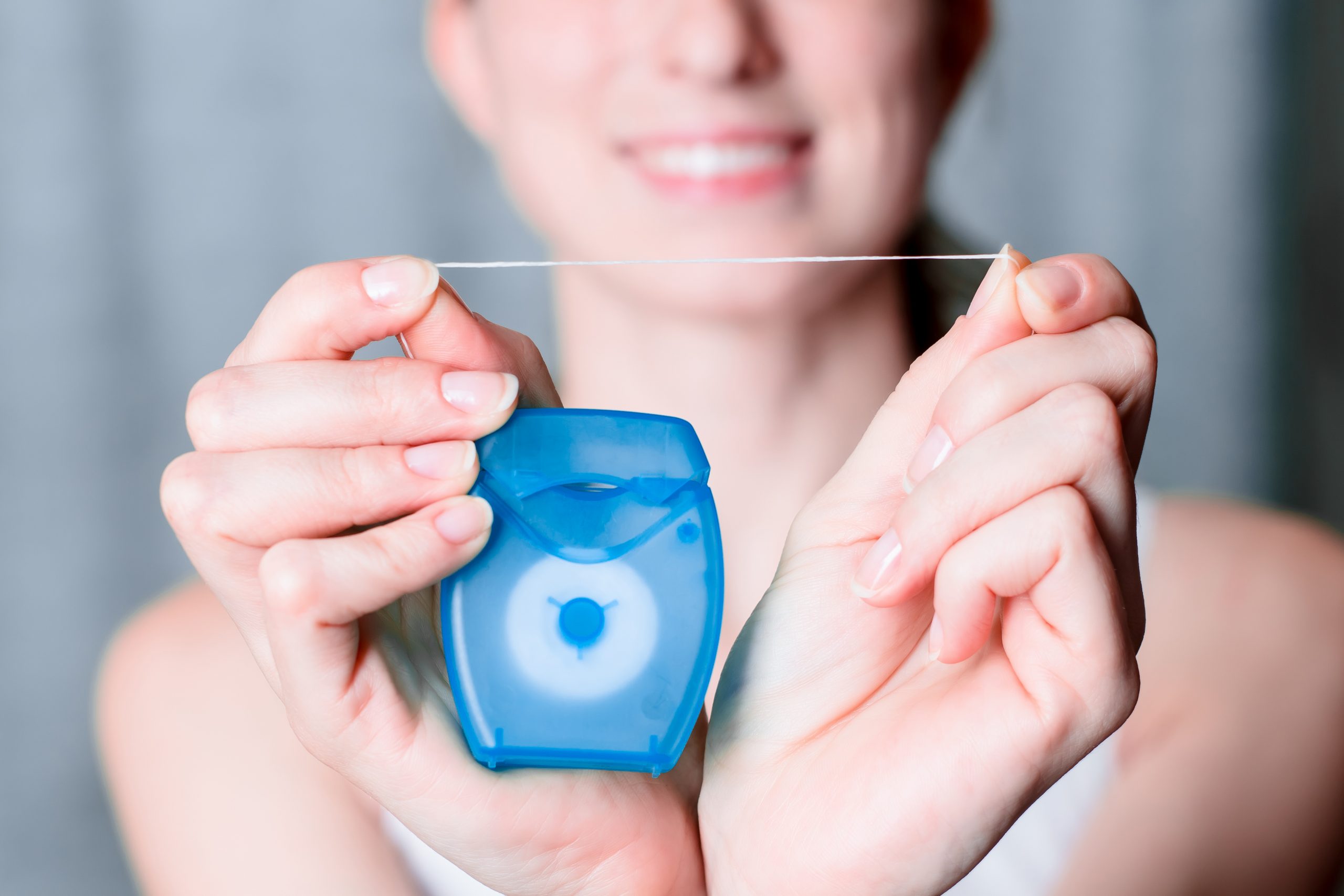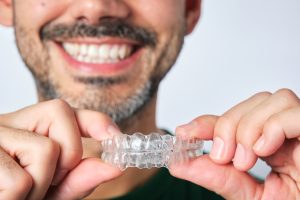We all know that you should be flossing your teeth daily for good dental health. But how do you know exactly how often and how to do it? In this blog post, you’ll learn some helpful tips and tricks on flossing for the best oral health possible!
What is flossing?
Flossing is the process of cleaning in between your teeth with a special type of dental floss. This helps remove plaque and bacteria that can cause cavities and gum disease. Most dentists recommend flossing at least once a day, preferably before bedtime.
What is the correct way to floss?
There are a few different ways to floss, but the most important thing is to be gentle. You don’t want to damage your gums or teeth.
The best way to floss is to first press the floss against the side of one tooth so that the string is taut, then use a gentle back-and-forth motion. Then, move to the other side of the tooth, before progressing to the rest of the mouth. Start at the gum line and work your way up. Be sure to get all of the nooks and crannies!
You should also use a waxed or flavored floss to make the process more pleasant. Another option is to use a toothpick with built-in floss, sometimes called a flosser. Those are a bit easier to manipulate, especially in the back of the mouth. And don’t forget to rinse with mouthwash when you’re done!
What are the benefits of flossing regularly?
When it comes to flossing, the benefits far outweigh the cons. Not only does flossing help remove plaque and bacteria from teeth and gums, but it also helps to prevent gum disease and tooth decay. In addition, flossing can also help to freshen your breath.
So how often should you be flossing your teeth? The American Dental Association (ADA) recommends that patients floss at least once a day. However, some dentists believe that patients should be flossing even more than that – ideally after every meal.
Of course, the frequency with which you floss is ultimately up to you. Just be sure to do it regularly (at least once a day), and use proper technique so you don’t damage your gums in the process.

Is flossing better than brushing teeth?
When it comes to oral hygiene, there is a lot of debate about what is the best way to keep your teeth and gums healthy. Some people swear by brushing their teeth, while others say that flossing is the way to go. So, which is better?
Brushing and flossing your teeth both have distinct advantages, and work in combination with one another. Brushing your teeth is a great way to remove plaque and bacteria from the surface of your teeth. However, it can be difficult to reach all of the nooks and crannies in your mouth with a toothbrush. This is where flossing comes in. Flossing can help to remove plaque and bacteria from between your teeth and along your gumline, places where a toothbrush can’t always reach.
So, which is better? Both brushing and flossing are important for keeping your teeth and gums healthy. For the best results, you should brush twice a day for two minutes each time and floss once a day.
Should I brush or floss first?
When it comes to flossing your teeth, there is no right or wrong answer as to whether you should brush or floss first. It ultimately comes down to personal preference and what works best for you. Some people find that brushing first helps to remove any food particles that may be stuck in between their teeth, while others prefer to floss first in order to get a deeper clean. There is no correct answer, so do whatever feels best for you!
What are the complications of not flossing?
There are a few complications that can arise from not flossing regularly. The first is gum disease, which is an infection of the gums that can lead to tooth mobility and eventually, tooth loss. Gum disease is caused by plaque, a sticky film of bacteria that forms on teeth. Plaque can harden into calculus, or tartar, which can only be removed by a professional cleaning. If plaque and calculus are not removed, they will continue to irritate the gums and cause them to become inflamed. This inflammation can eventually lead to periodontitis, or advanced gum disease, which results in the destruction of the tissues and bone that support the teeth.
Another complication from not flossing is bad breath. This is because the plaque and bacteria that build up on teeth produce sulfur compounds, which have a foul odor. Bad breath can be embarrassing and make it difficult to socialize or feel confident in work settings.
Finally, neglecting to floss regularly can also lead to cavities. This is because plaque acids attack tooth enamel, causing decay. Once decay starts, it can sometimes spread quickly and can result in a cavity. Cavities need to be treated by a dentist, who will drill out the decay and place a filling in the hole left behind.
Can I floss while using invisible braces?
Yes, you can floss while wearing invisible braces. In fact, it’s important to floss daily to remove plaque and food particles from between your teeth and underneath your gumline. The best way to floss with invisible braces is to use an interdental brush or a floss pick. Gently insert the brush or pick between your teeth and sweep it back and forth to remove plaque and debris.
How ALINA can help patients achieve great oral hygiene and a beautiful smile
With ALINA, patients can get expert dental advice from dentists and orthodontic professionals to guide them in achieving and maintaining their most beautiful smile. That’s because, when you choose ALINA, you get:
- Better materials – Every tray of ALINA aligners is crafted from space-age materials approved by the FDA, so they’re crystal clear and safe to use.
- Better technology – ALINA uses proprietary AlinaSmile technology to bring out your ideal smile in the most efficient, painless way.
- Better results – With over a million satisfied patients across the US, UK, and Canada, we know how important it is for you to feel confident with your smile—and we promise we’ll do everything in our power to help you get there!
While invisible braces prices vary across providers, ALINA makes sure that your treatment is a worthy investment with dentists and technicians that treat your case as unique and cater to your needs. Get closer to your dream smile and book a consult today.






